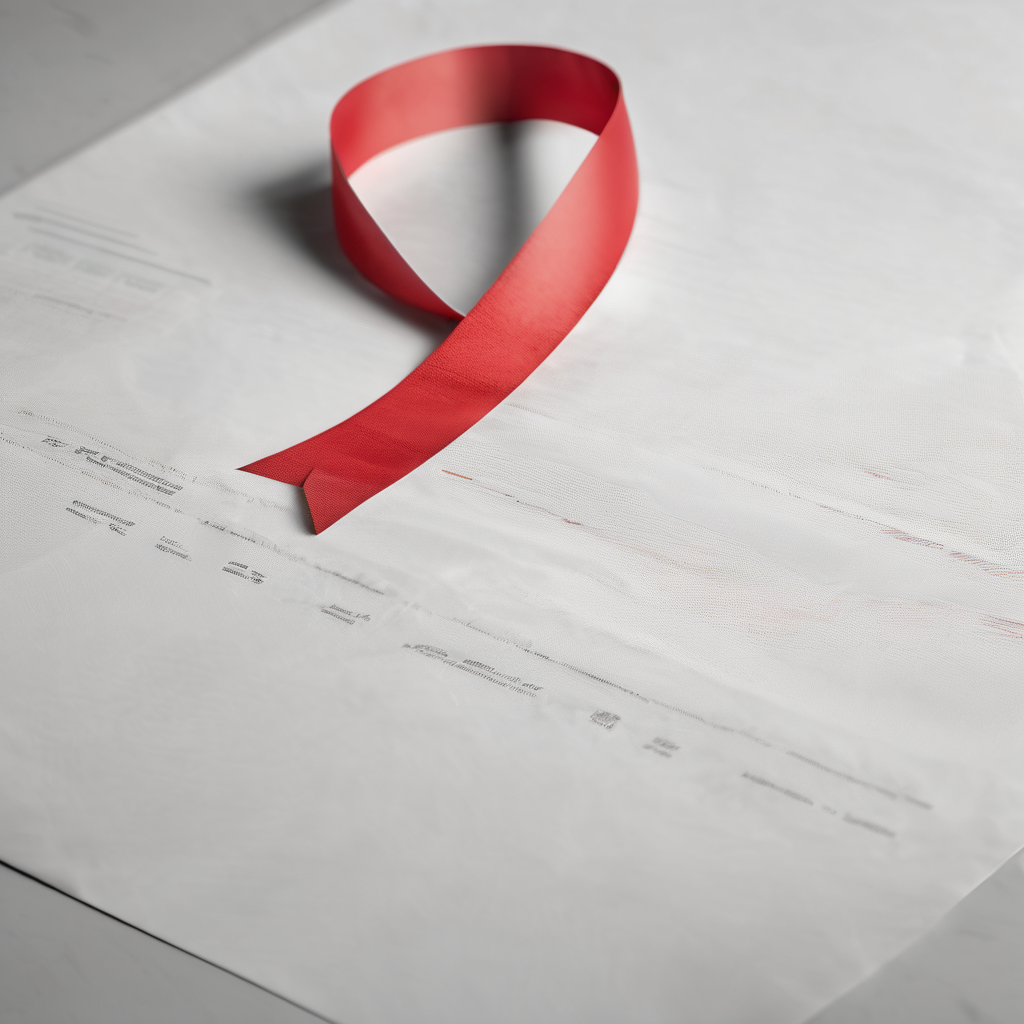Health authorities are expressing significant concern over a notable rise in HIV infections among pregnant women and newborns, emphasizing that no child should be born with the virus, especially in light of effective treatments available today. Dr. Dashika Balak, the Acting Head of the National HIV Response Taskforce, has reported an alarming increase in cases of vertical transmission of HIV from mother to child despite the availability of medications and preventive interventions.
Recent statistics reveal a surge in HIV cases among infants, with the number of babies born with the virus increasing from 8 to 31 in recent years. Additionally, HIV cases among adolescents aged 10 to 19 have skyrocketed by 45 times over the past three years. Dr. Balak attributed many of these infections in young people to unsafe sexual practices and the sharing of needles, highlighting an urgent need for enhanced education, prevention, and better access to treatment services.
The doctor noted that many pregnant women are seeking medical care later in their pregnancies, which compromises timely HIV treatment. “We would like to encourage all pregnant women to have their booking done as early as possible, as this is crucial for prompt testing and linking to care,” Dr. Balak stated. She emphasized the importance of early diagnosis and treatment, which can significantly reduce the risk of mother-to-child transmission.
Furthermore, Dr. Balak stressed the need for community advocacy to encourage women, particularly young and sexually active individuals, to come forward for testing. Faith-based organizations, including the Uniting World Church of Australia Alice Salomon Health, are also being called upon to help raise awareness and reduce the stigma surrounding HIV testing and treatment.
In light of this situation, health officials are actively promoting testing and intervention programs, similar to those highlighted by Dr. Joseph Mun Reddy, a program officer with WHO Fiji, who encourages expectant mothers to test early in pregnancy as it dramatically lessens the likelihood of transmitting the virus to their children. The engagement of community health professionals, like educators and nurses, is crucial in helping to tackle these issues head-on.
The rising number of cases serves as a stark reminder of both the challenges and opportunities we face in combating HIV infections. With ongoing public health campaigns aimed at fostering a supportive environment for testing and treatment, there is hope that communities can reverse these troubling trends and pave the way for healthier futures for mothers and their children. Through shared efforts, it may be possible to ensure that every baby born has a chance to thrive HIV-free.
